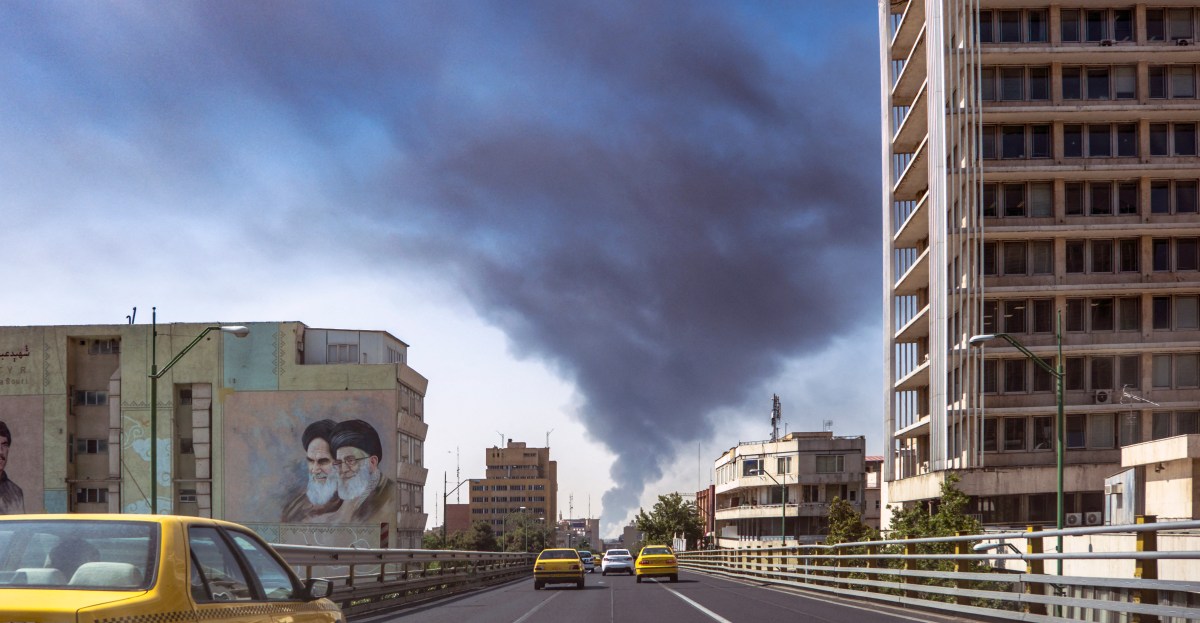In the midst of escalating conflicts, Israel has launched airstrikes targeting various locations in Iran, including state broadcasters, raising questions about the motivations behind these military actions. The airstrikes began on June 15, 2025, and have left a significant impact on the region, particularly among journalists and media outlets that have historically faced repression under the Iranian regime.
Prime Minister Benjamin Netanyahu stated that Israel had “no choice” but to intervene, given the looming threat of Iran developing nuclear weapons. Political analysts suggest, however, that the strikes have a broader objective. Behnam Ben Taleblu, a senior figure at the Foundation for Defense of Democracies, pointed out that Israel’s actions seem to reflect ambitions beyond mere counter-proliferation efforts.
Retired General Giora Eiland, who once led Israel’s national security council, clarified to reporters that while regime change is not the stated goal of the operation, it remains an “implicit” hope for the Israeli government.
Despite weakened imposed sanctions and damage to its regional influence, experts are cautious about the stability of the Iranian regime. While there is notable public dissent, particularly showcased during recent protests, direct anti-regime actions have been minimal since the strikes commenced. Abdullah Mohtadi, leader of a Kurdish Iranian opposition party, expressed mixed feelings within his faction regarding the airstrikes. “War itself is not a good thing, but sometimes it presents a window of opportunity,” he noted, reflecting the complex emotions among regime opponents.
Public perception of the Iranian government is difficult to gauge, particularly in a nation where dissent is risky. Ellie Geranmayeh, a senior fellow at the European Council on Foreign Relations, highlighted that bombings could inadvertently unify Iranians around their government due to fears of external aggression.
As the situation evolves, the stance of the Trump administration also seems to be shifting. Historically, regime change in Iran aligned with the first Trump administration’s objectives, especially after the withdrawal from the 2015 nuclear deal and the assassination of General Qassem Soleimani.
Recently, some Trump aides have moved toward a more aggressive posture, with calls for the U.S. to solidify its military involvement in the conflict alongside Israel. Senators like Lindsey Graham have voiced strong support for toppling the Iranian regime, reflecting a significant political shift.
However, there is trepidation about a drawn-out conflict reminiscent of past U.S. interventions in the Middle East. Critics emphasize the potential for chaos akin to Iraq and Libya’s post-regime change turmoil. Eiland remains cautiously optimistic, arguing that heightened military action may eventually encourage a popular uprising in Iran, provided the existing regime is sufficiently weakened.
Nevertheless, the potential for prolonged instability looms large. Ali Vaez, an analyst from the International Crisis Group, suggested that an end scenario could mirror the fragmented situations in Syria and Iraq, with a weakened government retaining control over some territories while facing stiff resistance.
The future trajectory of this conflict remains uncertain, as shifts in Trump’s military strategy may quickly reshape the landscape. Alex Vatanka of the Middle East Institute cautioned that prolonged military endeavors could linger for years, leaving an uncertain legacy as public discontent with the Iranian regime continues to simmer beneath the surface.

